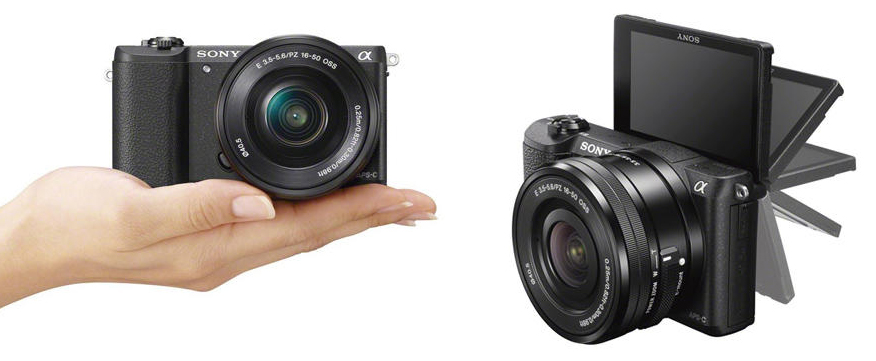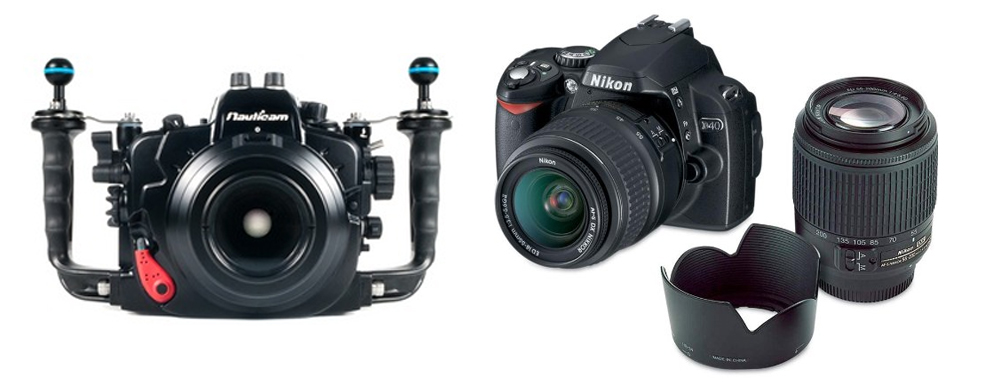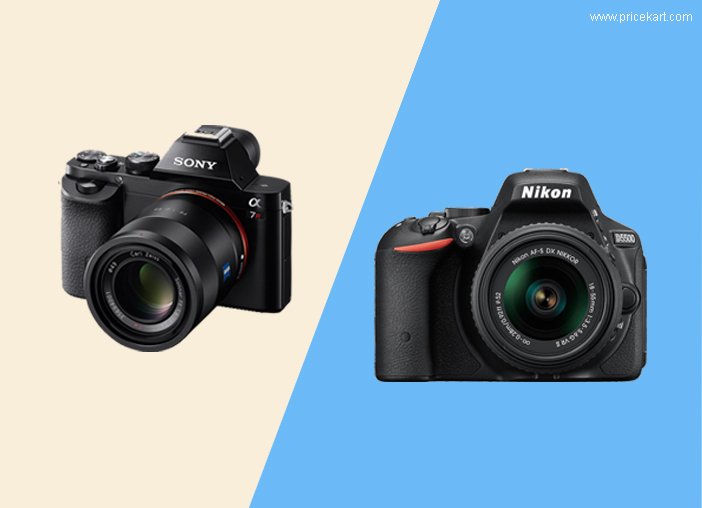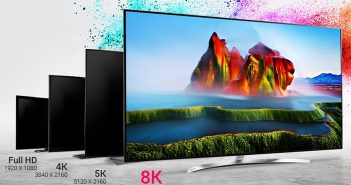When you think about photography, the one doubt which lingers in your mind is this, “which is better- DSLR or mirror-less cameras?”
Both give good photographs, but both have their own pros and cons.
DSLR- even if the name sounds big, it adopts the same design as that of 35mm film cameras. A mirror is placed inside the camera body. It reflects the light that comes in through the lens up to a prism or the additional mirrors and subsequently into the viewfinder for you to preview your shot.

Once you press the shutter button, the mirror flips up. A shutter opens and the light falls onto the image sensor which then captures the final image.
In a mirror-less camera, the light passes through the lens and finds its way to the image sensor. The image sensor captures a preview of the image to display on the rear screen. Some models offer a second screen inside an electronic viewfinder (EVF) that you can put your eye to.
Here’s how these technologies differ:
Size and Weight
When compared to mirror-less cameras, DSLR cameras are larger as they house both, a mirror and a prism. Also, the DSLR cameras are bulkier.
Mirror-less cameras are easily portable and fit more gear, such as extra lenses, into a camera bag.
Autofocus Speed
DSLRs use a technology called phase detection. It helps in measuring the convergence of the two beams of light quickly. Mirror-less cameras were confined to a technique called contrast detection. The technique puts in use the image sensor to detect the highest contrast, which coincides with focus. Contrast detection is slower than phase detection.
But this was the past situation. Now, the mirror-less cameras are equipped with both phase and contrast detection sensors built into the image sensor and can use both to refine their autofocus.

Both the cameras offer speedy autofocus. Mirrorless cameras offer hybrid sensors that use both phase and contrast detection on the sensor.
Previewing Images
In DSLR, the optical viewfinder shows you exactly what the camera will capture. In mirror-less camera, you will get the preview of the image on-screen. Some mirror-less cameras offer an electronic viewfinder that stimulates the optical viewfinder.
For many situations, especially low-light shooting, the DSLR’s optical viewfinder is better.
Image Stabilization
Both DSLR and mirror-less cameras offer image stabilisation systems. Image stabilisation technology is equivalent to both camera types.
Image Quality
Both of the cameras take high-quality pictures with similar resolutions and amount of graininess which is known as noise. With equivalent sensors and image processors, both cameras take great photos.
Video Quality
The higher end mirrorless cameras are equipped with on-chip focus sensors. That is why; they are best suited for video shooting. While recording a video, DSLRs cannot use phase detection with the mirror up. So, they have to use the slower and less accurate, contrast-detection focus method. It results in the blur look in the middle of the video when the camera starts hunting for the right focus.

Mirrorless cameras have superior autofocus and hence provide the best results for most filmmakers.
Shooting Speed
Both camera types can shoot at very fast shutter speeds. Mirrorless cameras have an added benefit. They can capture images one after the other easily due to the absence of mirrors. Hence, the simpler mechanics of mirrorless cameras win over the DSLRs.
Image & Video Playback
Both camera types can display images on their screens or via an HDMI output to a television. Many of them also sport Wi-Fi which allows them to send images to smartphones for online posting. Both offer large screens, video outputs and Wi-Fi connections to smartphones for quick image-sharing.
Here is our take on DSLR or Mirror-Less Cameras. Every product has its own share of positives and negatives. The power of decision is always in the buyer’s court.




